There’s something magical about a bowl of perfectly cooked rice — every grain distinct, tender, and light. But let’s be honest, it doesn’t always turn out that way. Sometimes it’s too sticky, sometimes too mushy, and other times it’s dry and clumpy. The truth? Perfect rice isn’t about luck — it’s about technique.
Once you master the simple science behind it, you’ll get fluffy, never-sticky rice every single time.
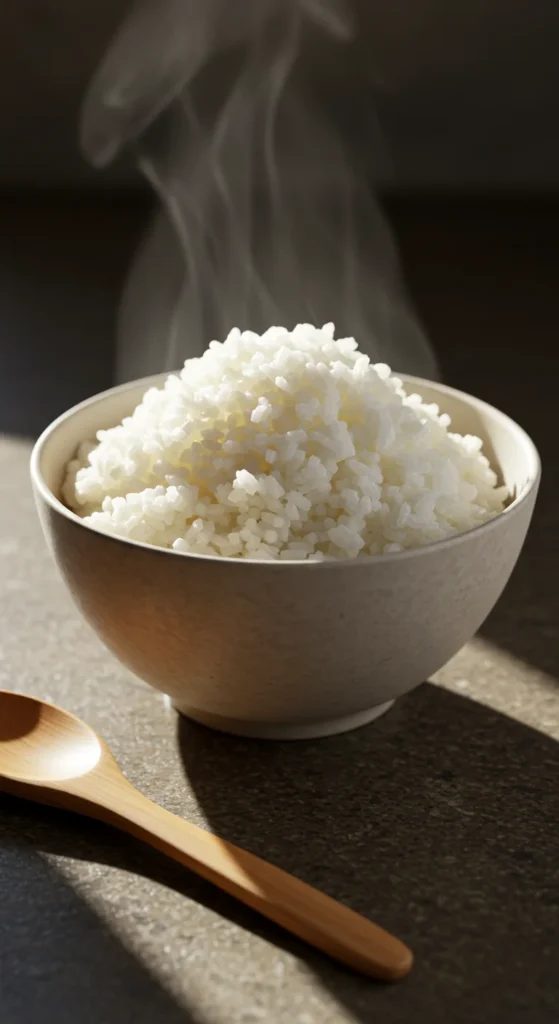
Step 1: Choose the Right Rice
Different rice varieties need slightly different care. Knowing your rice type is the first step to getting perfect texture:
- Long-grain rice (like Basmati or Jasmine): Fluffy, separate grains — ideal for side dishes or stir-fries.
- Medium-grain rice: Slightly stickier — perfect for risotto or paella.
- Short-grain rice: Naturally sticky — used for sushi or rice pudding.
For light and fluffy results, long-grain rice is your best bet.
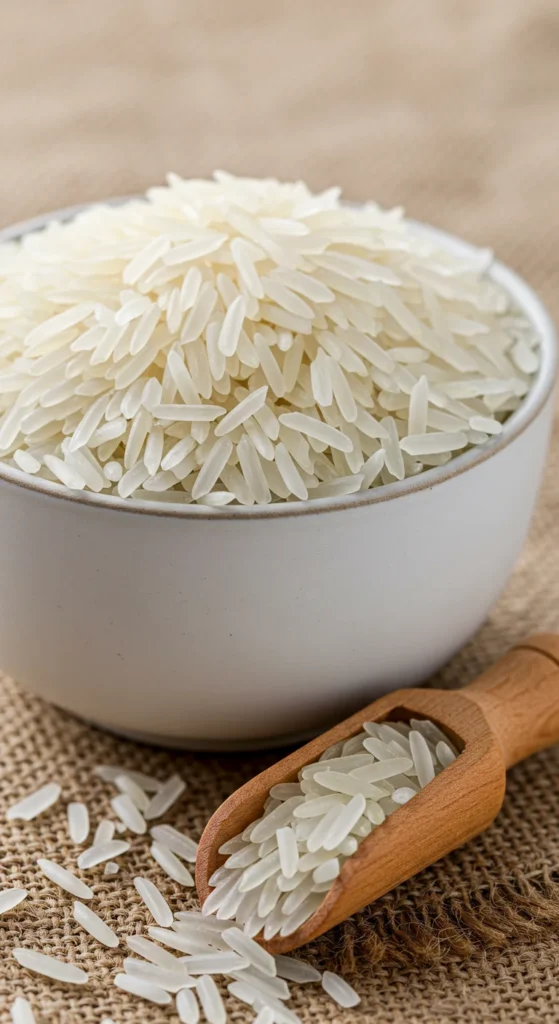
Step 2: Rinse — Don’t Skip This Step
Rinsing rice isn’t just an old habit — it’s essential for removing excess surface starch that makes rice gummy.
Here’s how:
- Add your rice to a bowl.
- Fill with cool water and swish gently with your hands.
- Pour off the cloudy water and repeat 3–4 times until the water runs mostly clear.
This step ensures each grain stays separate once cooked.
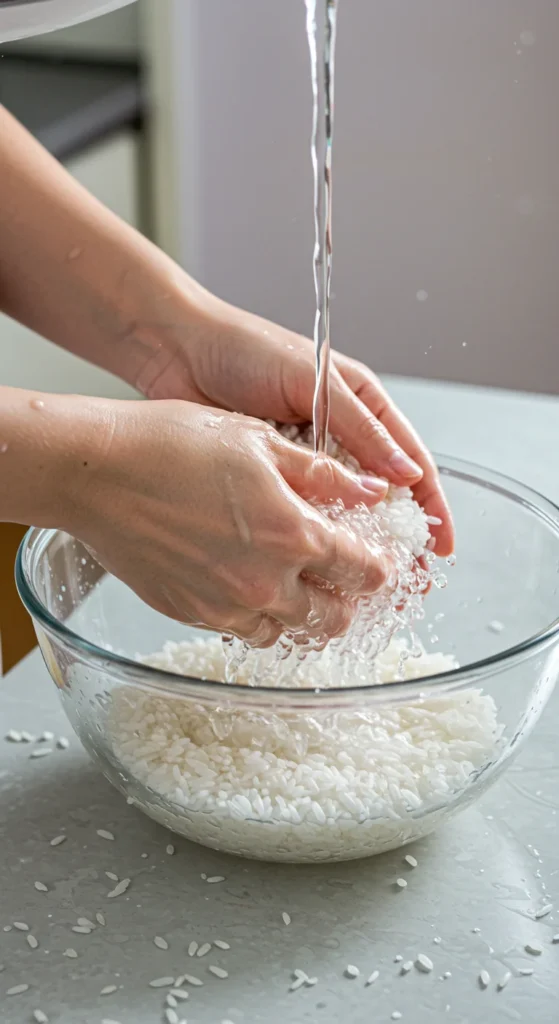
Step 3: Perfect Water-to-Rice Ratio
Getting the ratio right is everything. Use this as your go-to guide:
- Long-grain white rice: 1 cup rice → 1¾ cups water
- Brown rice: 1 cup rice → 2¼ cups water
- Jasmine or Basmati: 1 cup rice → 1½ cups water
A little less water makes rice fluffy; too much makes it mushy. If in doubt, err on the side of slightly less — you can always steam longer if needed.
Pro tip: Add a pinch of salt and ½ tablespoon of butter or oil for extra flavor and non-stick texture.
Step 4: Simmer, Don’t Stir
Now for the cooking technique that separates pros from frustrated rice-makers.
- Bring your rinsed rice and measured water to a gentle boil over medium heat.
- Once boiling, reduce to the lowest heat, cover tightly, and simmer.
- Don’t lift the lid or stir! Steam does the work — stirring only breaks grains and releases starch.
- Cook for:
- White rice: 15–17 minutes
- Brown rice: 35–40 minutes
- White rice: 15–17 minutes
When time’s up, turn off the heat and let it rest, covered, for 10 minutes. This final step allows moisture to redistribute evenly, making your rice extra fluffy.
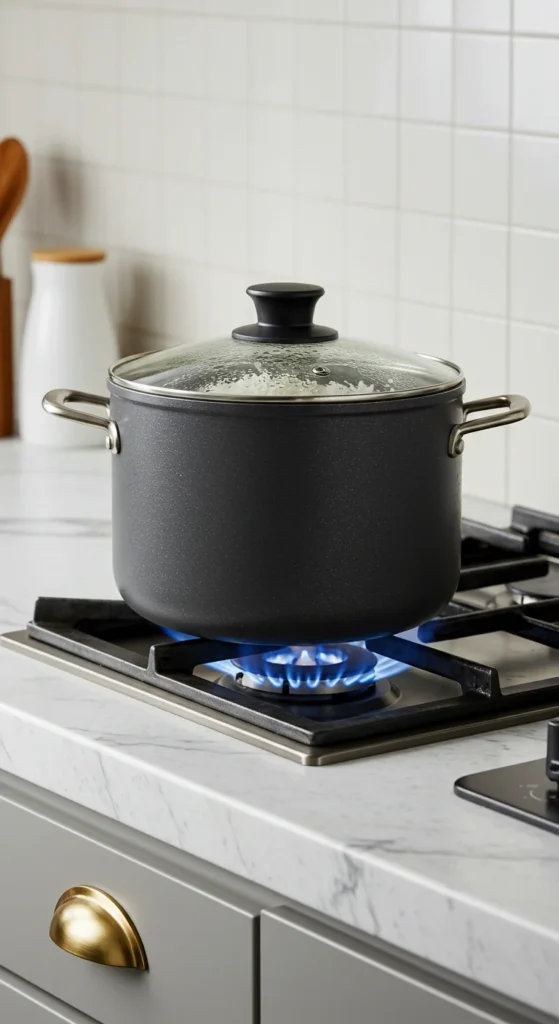
Step 5: Fluff and Serve
Once your rice has rested, use a fork (not a spoon) to gently fluff it. This separates the grains without crushing them.
Want to level up your flavor game? Try these easy add-ins before cooking:
- A bay leaf or cinnamon stick for fragrance
- A small knob of butter or coconut oil for richness
- A few cardamom pods or garlic cloves for subtle depth
Now you’ve got restaurant-quality rice that complements everything from stir-fries to curries.
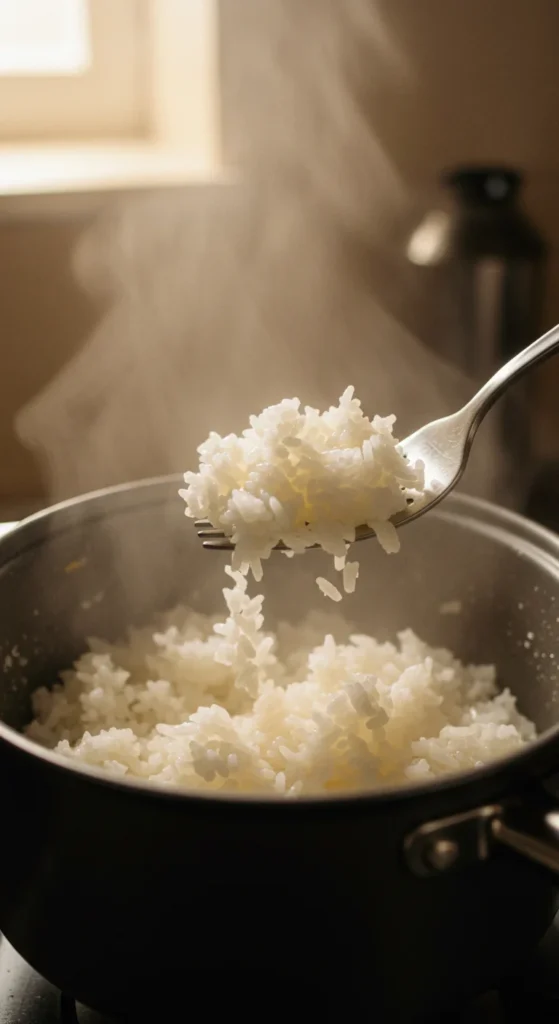
Step 6: Fixing Common Rice Mistakes
Even the best cooks have off days. Here’s how to troubleshoot common problems:
- Too wet? Spread the rice on a baking sheet and bake at 350°F (175°C) for 5–10 minutes to dry it out.
- Too dry? Sprinkle with a few tablespoons of hot water, cover, and steam for another 5 minutes.
- Sticky or clumpy? Rinse briefly under hot water, then drain — it’ll loosen up surprisingly well.
These quick saves can rescue almost any batch.
Final Thoughts
Cooking rice doesn’t have to be intimidating. With the right rice type, proper rinsing, the perfect water ratio, and a little patience, you can achieve soft, fluffy rice that never clumps together — every single time.
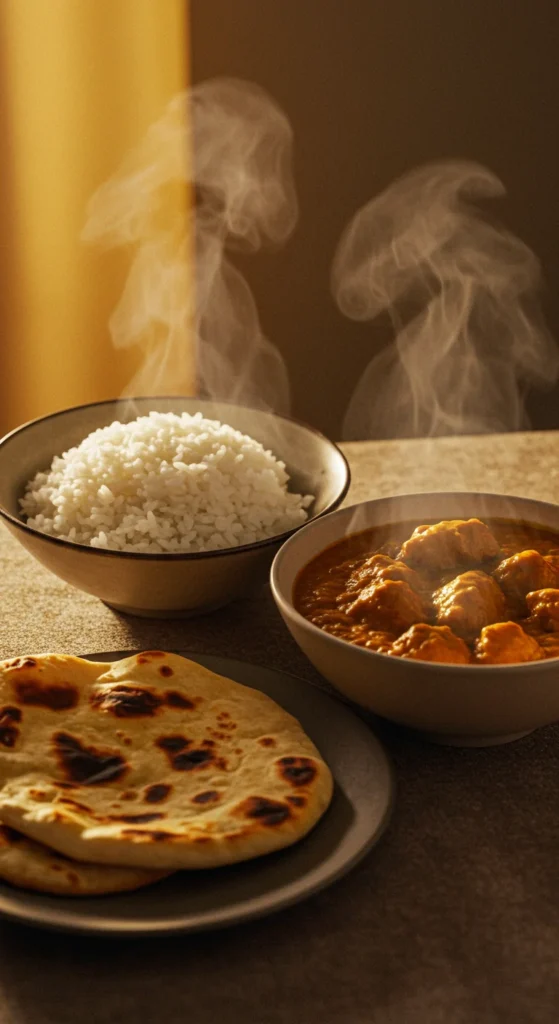



Leave a Reply